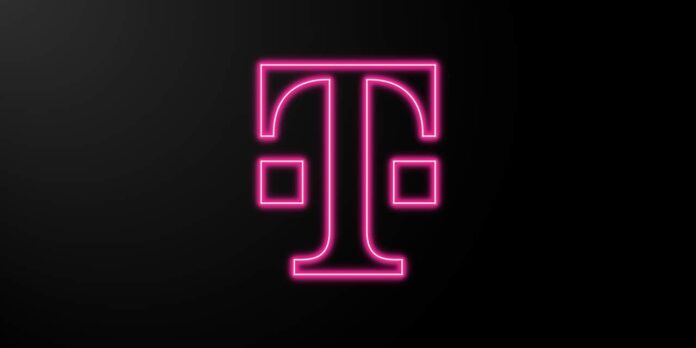After years of struggling, T-Mobile US has spent the past decade finding its footing and regaining momentum. They were a wireless carrier that lost its way during a major industry shift. What happened next is a story worth telling and worth learning from for every wireless carrier and, in fact, every executive at every company.
Things changed a decade or two ago, around the time the Apple iPhone and Google Android smartphones entered the picture.
AT&T Mobility and Verizon Wireless had their issues, but ultimately, they captured the next growth wave and battled it out for number one. At that time, both T-Mobile and Sprint were struggling.
John Legere: A game-changer for T-Mobile US
T-Mobile cycled through multiple CEOs before naming John Legere in 2012. And everything seemed to change. At first, it was all bluster: all talk and little action. No one was paying much attention. That’s when the language from the top of T-Mobile became, shall I say, colorful.
Over the following years, the world seemed to catch on, and T-Mobile started its next growth spurt. T-Mobile began identifying and addressing pain points that frustrated traditional wireless users. Eventually, the company acquired Sprint, merging the number three and four wireless players into a stronger contender.
Mike Sievert takes the Rreins
When Legere retired in 2020, he was succeeded by Mike Sievert. Under Sievert, T-Mobile’s public messaging became more conventional — less provocative. The colorful days of foul language seemed to be over.
Today, T-Mobile is one of three dominant U.S. wireless carriers, holding its own against long-time giants AT&T and Verizon.
What’s next for wireless?
The past decade has been tough on wireless growth. If you recall, in search of growth, AT&T acquired DirecTV, Warner Media, Warner Brothers Studio, CNN and others. Verizon acquired AOL and Yahoo. Both leading wireless carriers had big plans to expand beyond wireless, telecom, and broadband into movies, news, e-commerce and more. Ultimately, this was a flop.
Meanwhile, the arrival of 5G was seen as the next big growth engine. But as parts of traditional telecom fade — like wireline services — carriers are left seeking new areas for expansion. This is a challenge not just for wireless companies, but also for cable providers like Comcast, Charter, Cox and Altice, whose TV businesses are in decline.
Growth areas: Private wireless, FWA and beyond
New areas of opportunity are emerging. Private wireless networks, fixed wireless access (FWA) and enterprise solutions are showing promise. As good as this is, the question is simple: Is there still enough wireless growth to compensate for a slowing traditional wireless industry?
Promises cannot be kept forever. As companies promise one thing to gain market share in the short term, ultimately, things must change in the long run. That seems to be what T-Mobile customers are starting to experience. One example is rising prices for customers who expected their prices to stay the same forever.
Growth problems wireless carriers face going forward
It’s difficult to predict what the wireless industry will look like tomorrow. Twenty years ago, both landline telephone and cable TV were growth markets. Today, they’re shrinking.
Now, the industry must look toward its next act. FWA offers new ways for wireless networks to deliver broadband. Private networks are gaining traction. AI is entering the picture too, helping carriers detect and fix network issues faster while enabling more advanced customer services.
The 50th anniversary of the wireless industry
This year marks the 50th anniversary of the wireless industry. What wireless will look like tomorrow is one big question. Wireless is not going away. It has been with us in one form or another for 50 years already. It is key for wireless companies, but it is also key for growth in every other sector.
Plus, with AI quickly moving into this space, who knows what the industry will look like? Today, this slower growth period is not unfamiliar. We have seen strong and weak growth, decade after decade, for half a century already.
This is wireless. This will always be wireless. It is all about growth and changing directions.

